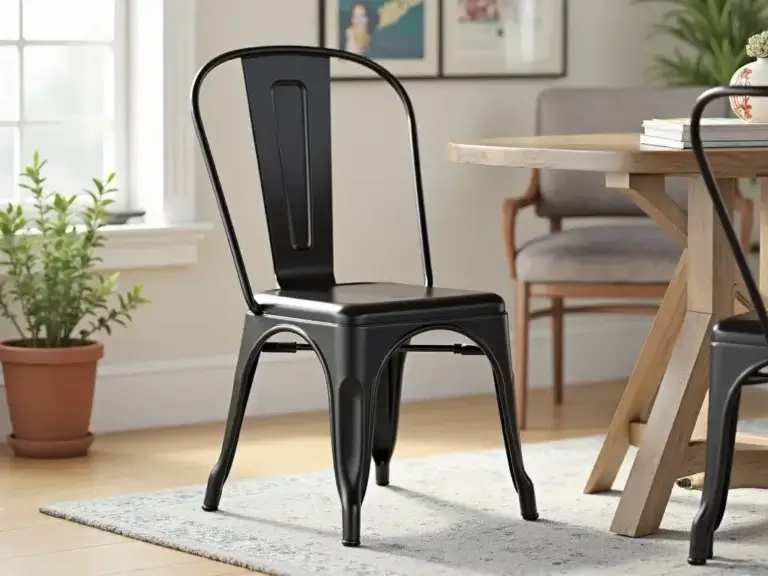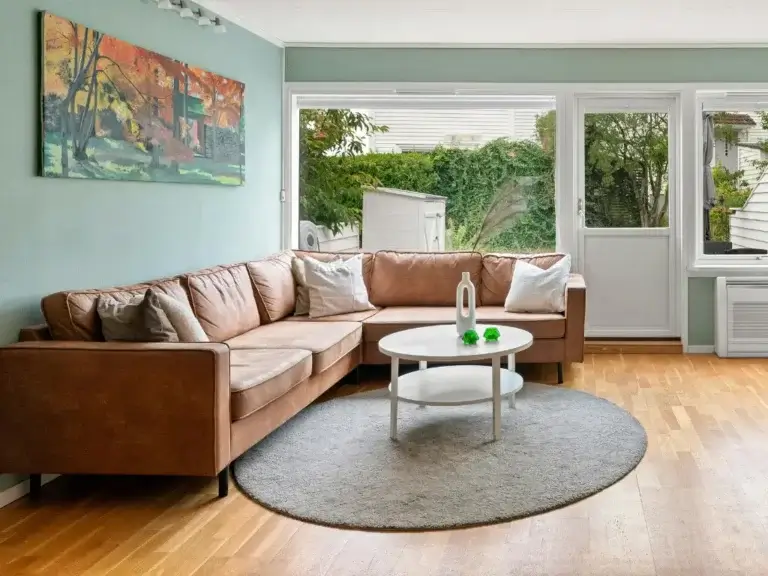Step-by-Step Feng Shui Bedroom Tips for Beginners
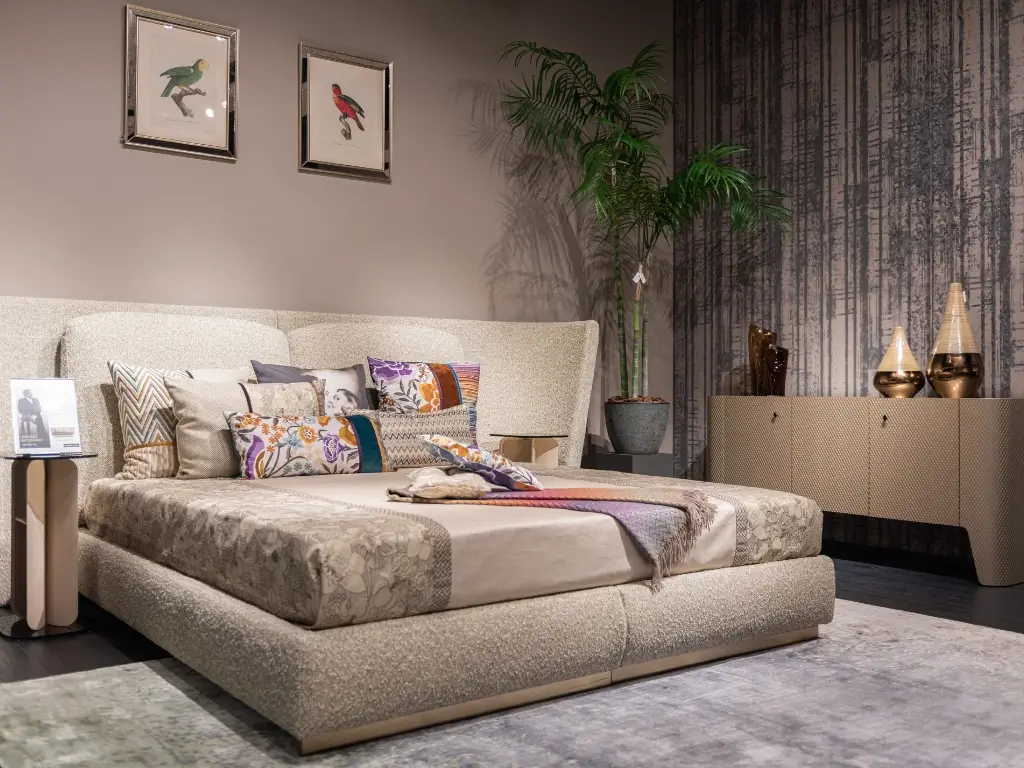
Welcome! If you’re curious about transforming your bedroom into a sanctuary of balance and calm, you’re in the right place.In this guide, I will introduce you to the basics of feng shui bedroom, suitable for beginners.
We will cover bed placement, colour choices, furniture arrangement, lighting, and reducing clutter. To improve your sleep, bring in good energy, or update your decor, these feng shui tips can help enhance your well-being. Follow these steps to create a calm and refreshing space, one easy change at a time.
Introduction: Why Feng Shui in a Bedroom Matters for Beginners
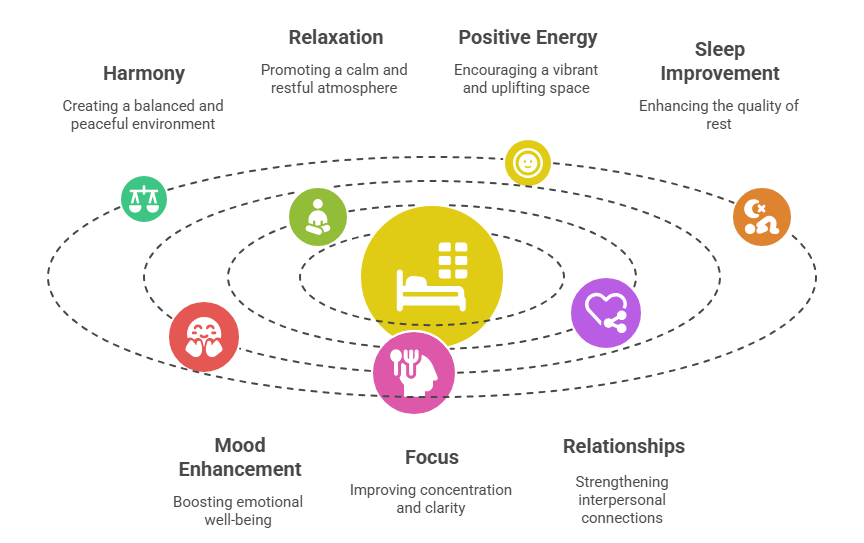
Feng shui is more than just a design trend. An ancient practice helps create harmony, relaxation, and positive energy in our environment.
For beginners, understanding how feng shui in a bedroom impacts your sleep and mood is the foundation for a more restful space. When energy (chi) flows freely, you’ll notice improvements in well-being, focus, and even relationships. To create a calm and balanced bedroom, you don’t need expensive decor. It begins with placement, intention, and careful organisation.
The Foundation: Feng Shui Bedroom Layout Essentials
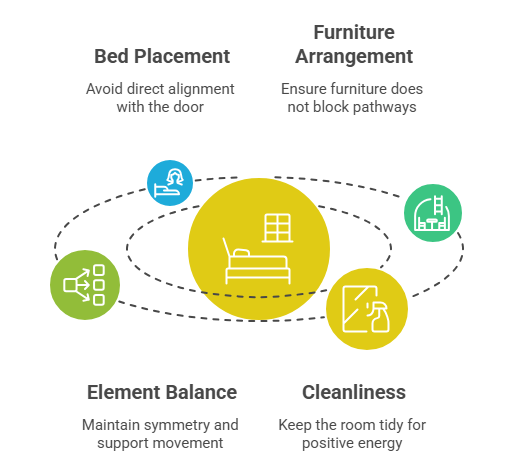
Before choosing colours or accents, focus on your room’s basic layout. The energy in a feng shui bedroom should circulate with ease.
Start by ensuring that you do not align the bed directly with the door, as this can disrupt your rest. Avoid putting large furniture in places that block walkways. Open paths help create positive energy in a feng shui bedroom.
Balance the elements in the room. Maintain symmetry while ensuring each piece supports both movement and comfort. A clean, open layout is the first step toward harmony.
Step 1: Master Feng Shui Bed Placement for Harmony

Bed placement is the cornerstone of good bedroom feng shui. People often refer to the best supportive position as the “commanding position.”
The bed should face the door. There should be a solid wall behind the headboard. However, the bed should not be directly in line with the door. This arrangement offers a sense of security and control.
Do not place the bed under windows. Avoid corners that are far from the door.
Also, avoid positioning your feet directly in front of the door. People often refer to this as the “coffin position”. Thoughtful feng shui bed placement allows restful sleep and a safe, welcoming environment.
Step 2: Choose and Position Your Bed for Maximum Support
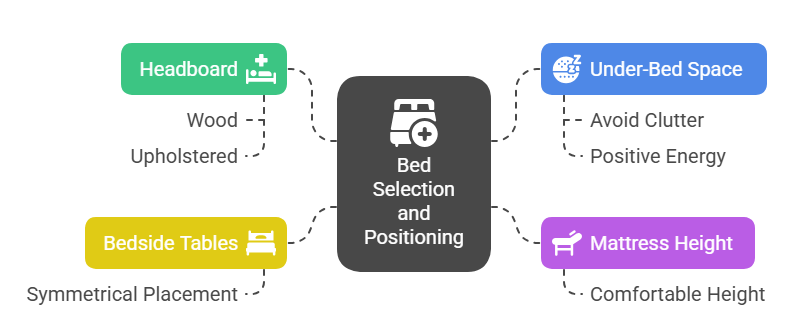
The type and position of your bed can significantly impact your feng shui and bedroom harmony. Opt for a sturdy headboard—preferably of wood or upholstered—which symbolises life support. Set the mattress at a comfortable height to allow energy to circulate beneath.
Use symmetrically placed bedside tables to create a sense of balance and harmony.
Avoid storing clutter or items with negative associations under the bed; an open space beneath encourages positive, restorative energy. Choosing the right bed and its supportive elements is crucial for reinforcing comfort and connection.
Step 3: Feng Shui Bedroom Mirror Placement and Considerations
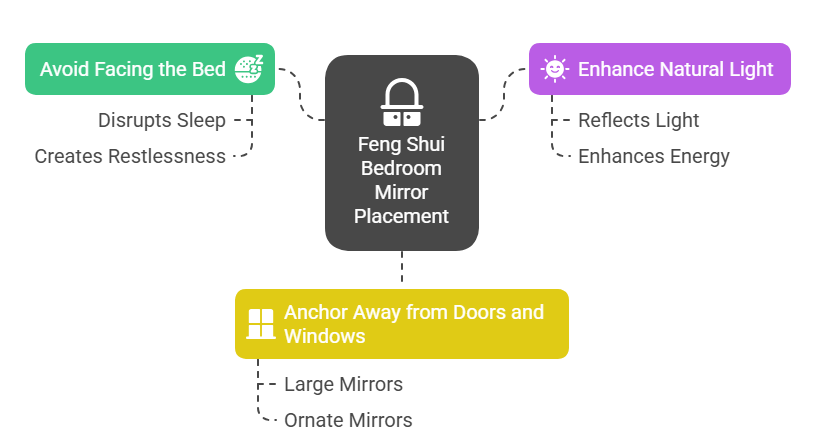
Mirrors are powerful in a feng shui bedroom—they reflect and double energy. Ideally, avoid positioning any feng shui bedroom mirror to face the bed, as this can disrupt tranquillity and sleep.
If you must include a mirror, place it where it enhances natural light without casting reflections onto the bed. You should anchor large or ornate mirrors away from doors and windows. Mirrors can either amplify positive energy flow or create restlessness; therefore, consider their placement with care and intention.
Step 4: Select Calming Colours and Materials

The colour palette in your feng shui bedroom sets the mood for sleep and renewal. Earth tones, soft blues, gentle greens, and muted whites help foster calm and grounding energy.
Choose natural materials—cotton, linen, wood—whenever possible for bedding and furniture. These choices promote warmth, calmness, and a link to nature. These elements are key to feng shui in a bedroom. Avoid harsh, bright colours and overly busy patterns, as they can agitate rather than soothe.
Step 5: Balance Lighting and Incorporate Natural Elements

Lighting is pivotal for atmosphere and energy flow. Aim for layers: soft, warm overhead light, adjustable bedside lamps, and—if possible—filter in natural daylight.
Harsh, direct light can be draining. Complement your space with living plants, natural fibres, or gemstone ornaments feature to invite vitality and balance. These elements not only freshen the air but also remind you of the organic origins of feng shui philosophy. Don’t overcrowd—just a few carefully placed pieces are enough.
Step 6: Declutter and Keep Technology at Bay
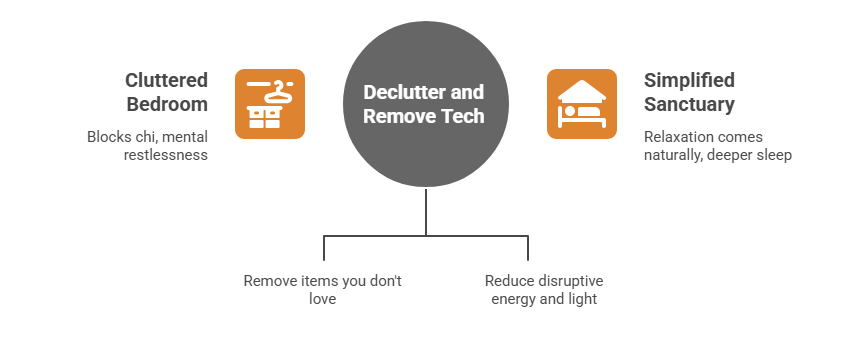
A cluttered space blocks chi and creates mental restlessness. Go beyond tidying up—remove items you don’t love, and pay special attention to what’s beneath the bed.
When using feng shui in a bedroom, it’s smart to reduce screens and electronics. They give off disruptive energy and light. Instead, reserve your bedroom for rest and intimacy. A clean, simplified sanctuary allows relaxation to come naturally and supports deeper sleep.
Step 7: Personalise Thoughtfully—Art, Photos, and More

Personal touches infuse your room with purpose and joy, but be selective. Hang art and photos that evoke positive emotions or aspirations.
Avoid imagery of isolation or chaos, as these can subtly set an unsettling tone. In feng shui, pairs of objects, like two nightstands or two framed photos, represent partnership and balance. Nature scenes bring peace. Keep decor light, intentional, and uplifting.
Step 8: Separate Work and Exercise from Sleep
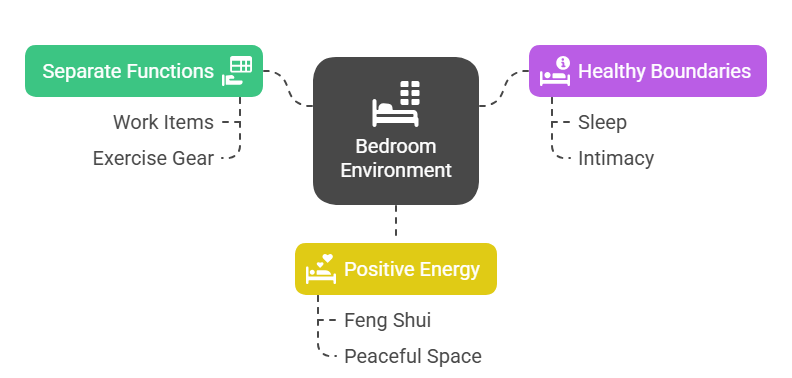
Mixing functions in the bedroom confuses your subconscious and disturbs rest. Keep your desk, books, and workout gear out of your sleeping space whenever possible.
Designating the bedroom as a place for sleep and intimacy helps create healthy boundaries. It also promotes positive energy in feng shui. If you can’t move work or exercise items, use screens or decorative dividers to separate them. This will help create separate areas and keep the bedroom a peaceful place.
Step 9: Feng Shui Bedroom Don’ts—Common Mistakes to Avoid
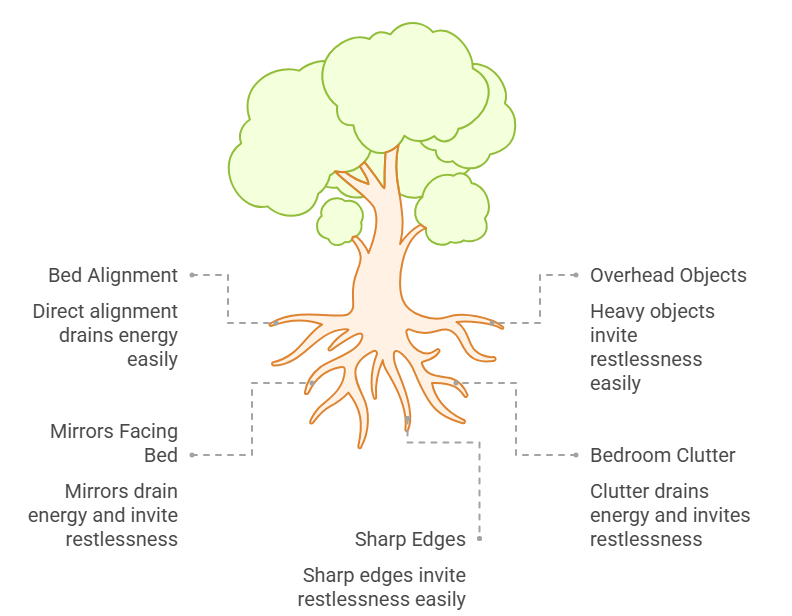
Common pitfalls can sabotage your efforts, regardless of how well-intentioned they may be. Do not place the bed directly in line with the door or window. Let air flow under the bed.
Also, avoid hanging heavy objects above your sleeping area. Steer clear of mirrors facing the bed, as well as clutter, wilting plants, or sharp-edged furniture. These mistakes can drain energy or invite restlessness, undermining the foundation of a tranquil feng shui bedroom.
Step 10: Refine and Maintain Your Feng Shui Bedroom
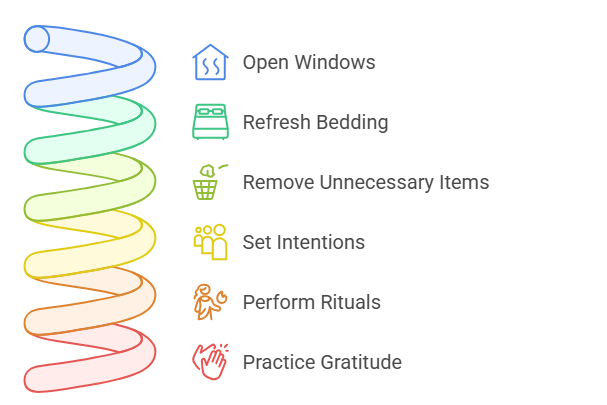
Feng shui isn’t a one-time project—it’s a practice. Periodically cleanse your bedroom by opening the windows, refreshing bedding, and removing items that no longer suit your needs.
Think about setting intentions for the space. You can achieve this through gentle rituals, such as lighting candles or taking a moment to feel grateful each day. Ongoing maintenance preserves the harmony and flow you’ve created, supporting your continued well-being.
Next Steps: Working with an Interior Stylist or Joining a Design Community

Once you’ve mastered the basics, you may wish to go deeper. Consider consulting a feng shui consultant or interior stylist for personalised advice.
This is especially helpful if your bedroom has special challenges. Online communities and discussion groups are great places to share your progress. You can swap ideas and keep improving your feng shui bedroom for years.
Frequently Asked Questions About Feng Shui Bedrooms
Curious about the best direction for your bed, or which features matter most in feng shui and bedroom design? Wondering when to consult an expert? FAQs might include:
Water features—such as fountains, aquariums, or even artwork depicting water—are not recommended in the bedroom. In feng shui, water represents active, moving energy that can disrupt rest and create instability in relationships or finances. Keep the water element outside the bedroom to maintain a peaceful environment.
Irregularly shaped bedrooms or missing corners can lead to imbalanced energy. If your bedroom is L-shaped or has a missing section, use furniture, area rugs, or decorative screens to visually “square off” the space. Adding auspicious symbols or paired items in the missing area can also help rebalance the energy flow.
People consider a bathroom directly attached to or facing their bed less favourable because it drains energy away. To improve feng shui in this situation, always keep both bathroom and bedroom doors closed. Putting a mirror on the bathroom door can help reflect energy. This can lessen its effect on your sleep area.
Avoid items with solitary, sad, or aggressive symbolism, as well as decor with sharp edges or excessive metal. Steer clear of storing broken items or mementoes from past relationships, as these can create stagnant or negative energy. Use paired objects, warm materials, and gentle patterns to attract harmony and connection.
Singles should leave space on both sides of the bed. They should use pairs of nightstands or lamps. Avoid bringing personal items from ex-partners into the room.
To improve the southwest corner, known as the “love corner,” use paired decor, rose quartz, or symbols of partnership. This can bring positive energy to relationships and show you are ready for love.
Some of the points cited:
- Castlery, “17 Expert Feng Shui Dos and Don’ts For Your Bedroom” – Details ideal bed placement, room layout, and ways to promote positive energy and security.
- Feather & Black, “6 Bedroom Feng Shui Ideas to Bring Balance & Harmony at Home” – Explains the role of symmetry, natural materials, and central bed placement for balance.



